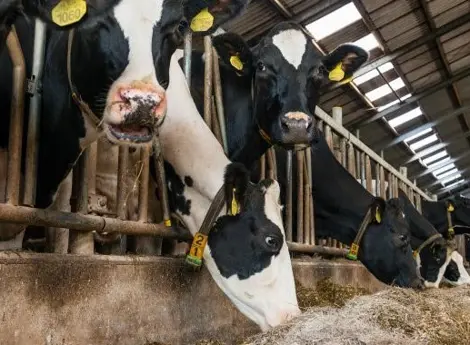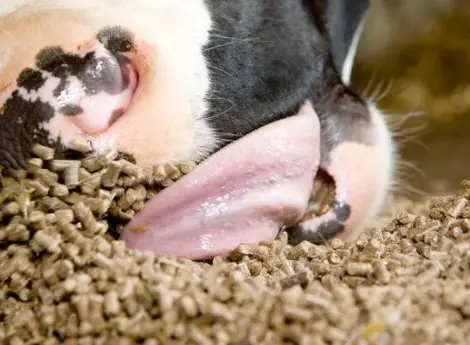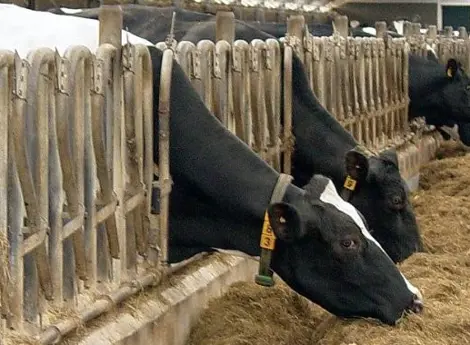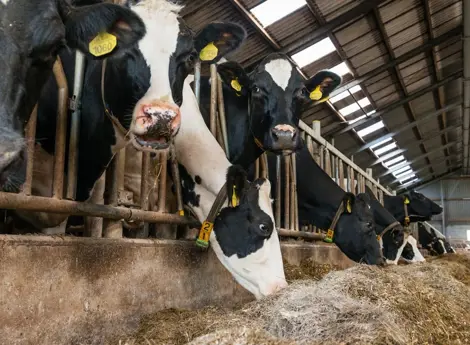Robotic milking and grazing
The increase of farmers with robotic milking is still growing. Is Robot Milking and grazing easily to combine? De Heus can help to make grazing for our customers a success. For a dairy farmer this comes down to earning (more) money when grazing! This causes new or additional challenges for the modern farmer who uses a milk robot. We therefore list a number of these challenges, and indicate how we can help you in this area.
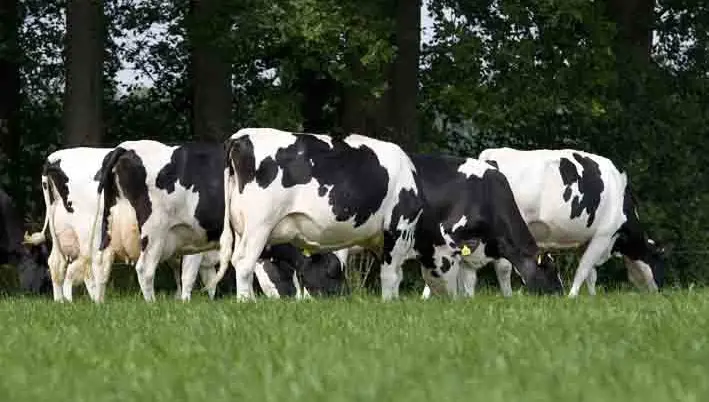
Less milk and less active cows?
The biggest fear when grazing in combination with a milk robot, is that the milking frequency per cow decreases. This concern is justified! Fewer milkings directly results in fewer litres in the tank and it is therefore important to regularly analyse the grazing system, as well as the cows' activity. In periods with sunny days combined with cold nights willresult in pasture grass with a high sugar content and little protein. A combination like that can result in less active cows. If this happens it is important to act quickly by, for example, feeding additional structure and protein to compensate for the quality of the grass. To maintain momentum it is extremely important to keep milk stable. High productivity provides urge to the cows to go to the robot. Vice versa, a high number of visits to the robot in turn stimulates milk production.
What is the data telling you?
As a dairy farmer you are fully aware that each cow tells its own story: the cow's behaviour and performance tell you how the cow experiences grazing. If it is a success, the cow feels well and the optimal conditions result in high milk yields.
To quickly anticipate what is happening it is therefore important to regularly check the cow's behaviour. The robot records an extremely large amount of data for you that indicates how grazing in combination with robot milking is progressing. For example, the number of visits per cow or the number of times a cow passes through the gate/fence provides important information.
The De Heus RobotExpert program can quickly provide you with objective insights in the performance of your herd. The De Heus’ dairy specialists can make this analysis for you by reading the robot's data and preparing a specific De Heus report on the basis of this data.
The areas for attention highlighted by this analysis are highly divergent, but all are very important:
- What is the status of the number of milkings? Which cows stand out?
- How are the visits to the robot distributed over the day?
- Are the cows properly consuming in the concentrates fed?
- How does the milk production curve look like? Which cows spend (too) much time in the robot?
- Do the right cows receive the right quantity of concentrates?
- Is the number of milkings sufficient to positively affect production?
The combination determines the success
Good analysis of the data available is core when it comes to grazing in combination with robot milking. You can review all information available together with your specialist, especially to improve the results. The outcomes of the RobotExpert provide a good analysis that enables you to identify where adjustments can be made: in grazing or in adjusting the robot's settings.. All information you can produce together with your specialist is of course meant to review the quality of the results, but especially also to improve the results. The outcomes of the RobotExpert provide a good analysis that enables you to identify where adjustments can be made: in grazing or in adjusting the robot's settings.
The milking robot responds to what the cows do and vice versa. Robot and cow can stimulate each other as well as work against each other. This is why it is of major importance that the settings are correct. Following the RobotExpert's analysis you can adjust the settings together with your specialist:
- Increase/lower milking admission settings
- Accelerate/delay feed provision
- Adjust feed and milking curve
- Increase or decrease amount of grazing
Changing (weather) conditions
In addition to the robot's influence on the cow's performance, there are other factors that affect success as well. The changing weather conditions! Grazing demands a high degree of adaptability on the part of the cow: one day it is warm, and the next it is cold. Sometimes there is a high supply of grass, while sometimes it falls short. Today the cow must walk far, while tomorrow it grazes right next to the stable for example. As dairy farmer you are fully aware that rapid anticipation is of major importance!
Your De Heus’specialist can help you make choices in this respect, based on what is happening in the pasture, indications provided by RobotExpert and of course based on what is happening in the milk tank!!
Heat stress in dairy cows.
One of the greatest challenges during the grazing season is the period of heat stress. It is important to quickly intervene during this period. Last year it was once again evident that the consequences can be severe: reduced fertility and declining production are the consequences in the short and medium term, and affect your income and work satisfaction.
From a nutritional aspect this means providing for a proper, correct and concentrated ration in the stable. Sufficient crude protein and NEL (Net Energy for Lactation) is needed to compensate for the reduction in intake of dry matter. In addition, you can adjust the timing of grazing: for example, early or late in the evening or during the night.
Many (nutritional) resources are available to support your robotic milking and/or grazing. We are happy to assist you! Ask your local De Heus' specialist for more information.Ask your local De Heus' specialist for more information.



